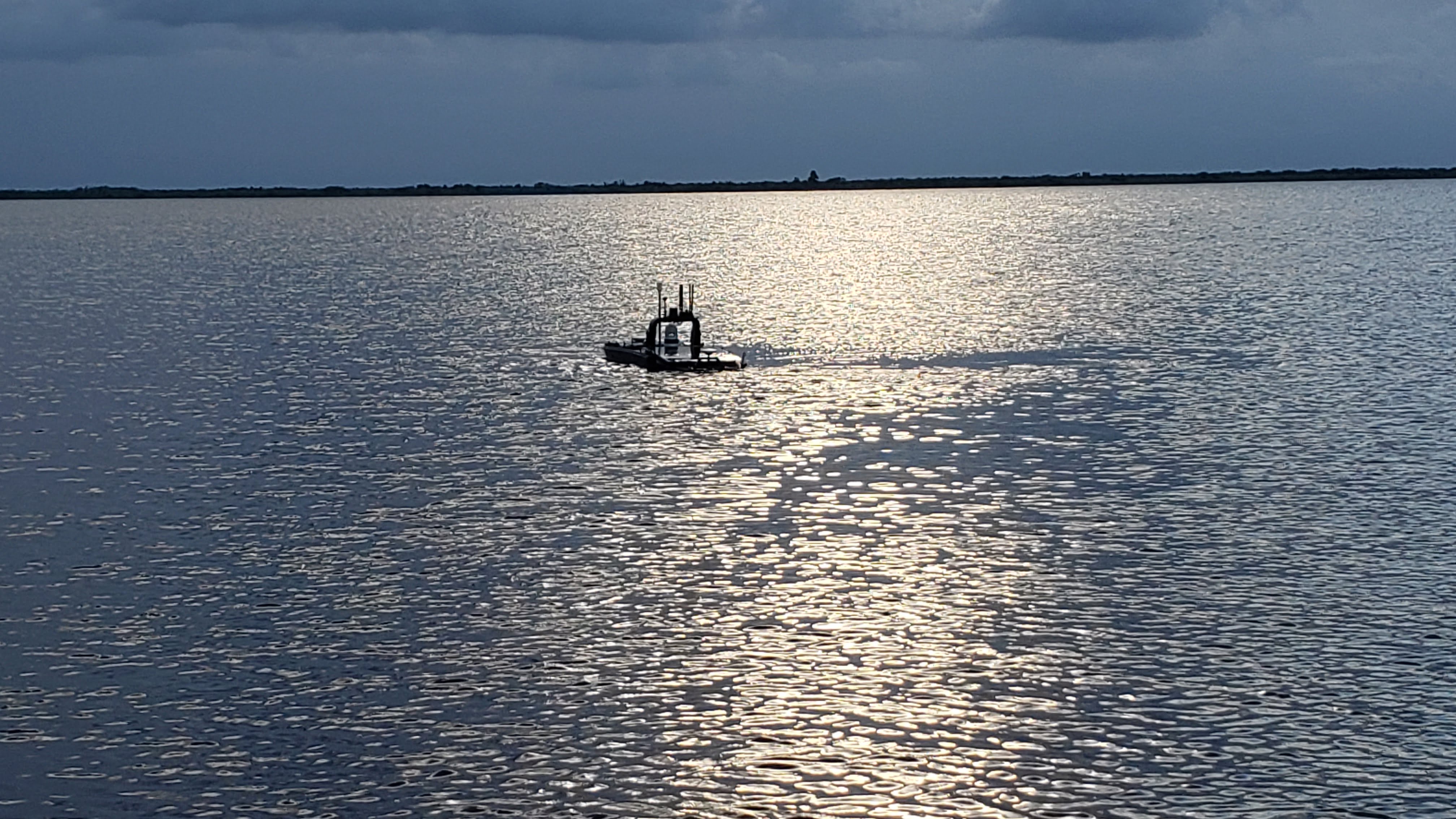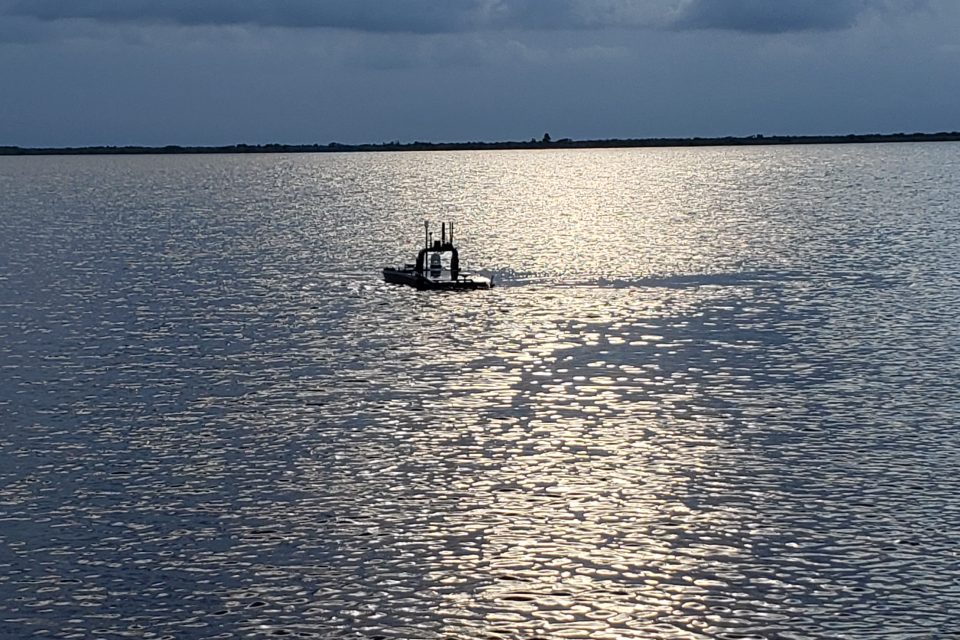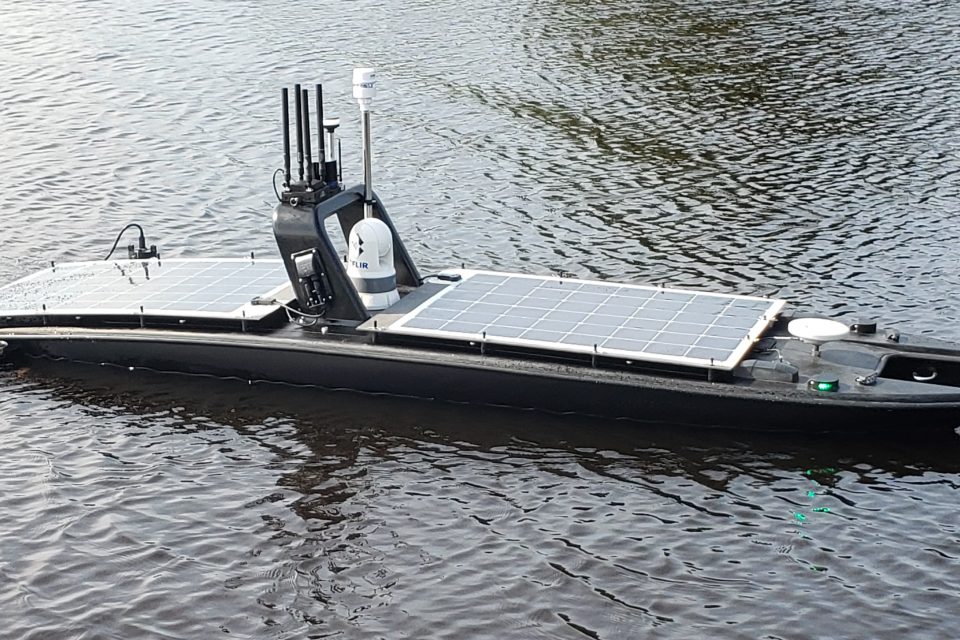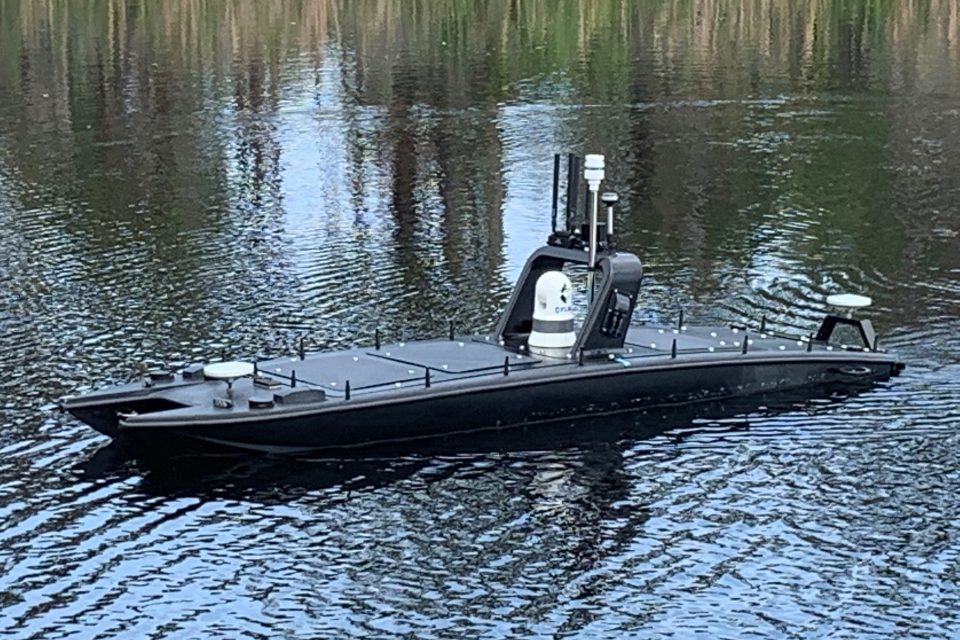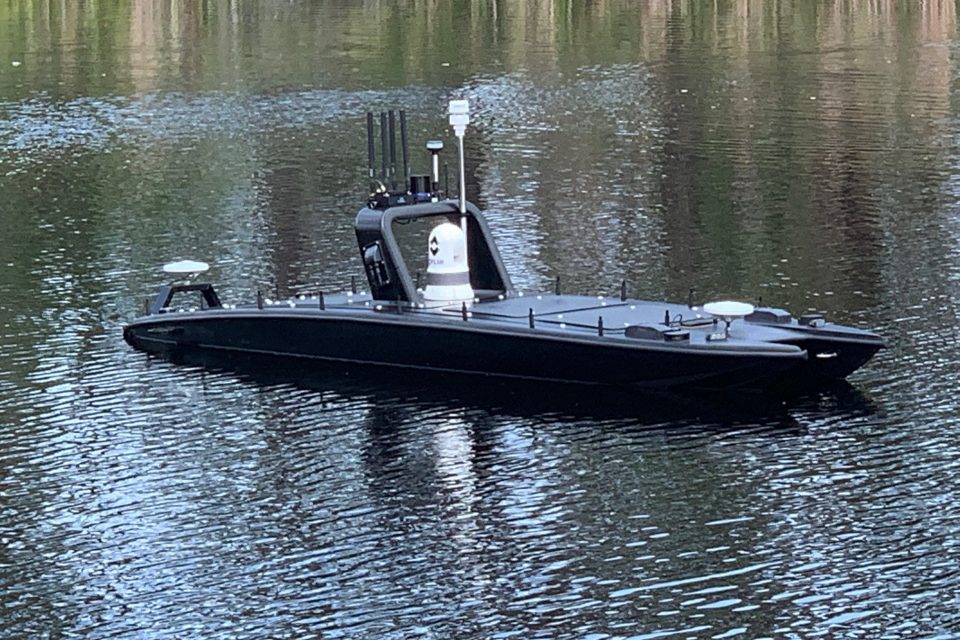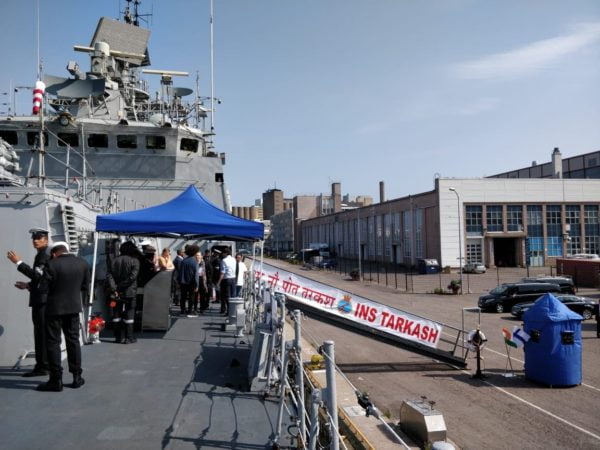By Pierre Tran
Paris – Serco is seeking to break into the French defense market with offers of support services to military commanders, part of the British company’s bid to triple sales in Continental Europe in the next four years, two directors said.
That drive to win French outsourcing deals follows a win in September of a Belgian 10-year contract worth €40 million ($44.4 million) for facilities management of Heverlee and Meerdaal army bases, at Leuven near Brussels. There are 31 more bases, seen as scope for further contracts.
The concept of support service starts with awarding a contract for a company to maintain buildings, taking care of mundane tasks such as catering, supplying bed linen, and mowing the lawn, allowing commanders to release personnel for military duties.
“They can focus on soldiers being soldiers,” said Mark Varney, Serco defense business development director for Europe.
A pursuit of outsourcing deals comes as president Emmanuel Macron, leading a center-right administration, seeks to privatize state-owned companies and liberalize the market. That includes a plan to sell all or part of the government’s 50.6 percent stake in ADP, an airport operator. That prospective deal has sparked strong political protest and call for a referendum.
“France is one of the most unprivatized markets, along with Germany,” said Sash Tusa, analyst at with equity research firm Agency Partners. “The UK has outsourced more than any other country, except for the US, and that cuts the cost base.”
Varney is looking to pitch the offer of facilities management (FM) and other support services to French commanders and procurement officials.
Beyond managing military bases, Serco’s core offers are maintenance repairs for naval fleets and running training academies, he said. In the former, the company runs dockyards at Portsmouth, southern England, and Clydebank in Scotland. The company manages Australian, British and Qatari training academies.
Varney, who relies on introductions through the British embassy, attended a thoughtful presentation of paintings and sketches by Arabella Dorman, a war artist, at the ambassador’s official residence on July 9.
The British executive is also working through the UK department of international trade, as he seeks high level access to propose service support from the private sector.
That is a “mature approach” in the UK, US and Australia, he said. Belgium’s opting for an outsourcing deal could serve as a model for presentations in France. The company could tailor its support to the some 44 bases in France, including the Ecole Militaire, which houses the war college, and has stables and swimming pool to maintain, he said.
Serco competes with Babcock, a British rival, which won in 2016 a contract to support a French air force program, dubbed FOMEDEC, to train fighter pilots. Babcock supplied 17 PC-21 single-engine trainers and teamed up with Dassault Aviation on that landmark deal.
“Flying training is not about the platform, but the complete training system,} Tusa said. “Babcock and the French air force, to their credit, confirmed that.”
Serco’s plan to triple sales on the Continent is based on growth and acquisition, with an option of buying a small or medium company to boost local contact with defense ministries, said Gaetan Desclée, managing director for Europe.
“Do we need to make an acquisition?” he said. “With our knowledge, practices, resource, we can help them develop much faster and access to bigger market. We act as a global company and we are convinced that we need to have local roots in every country, developing our services.”
Serco sees itself as a global company, listed on the London stock exchange with international shareholders, while acting locally, he said.
The company has been on an acquisitive streak, having bought a US company specializing in naval systems and made an unsolicited offer for Babcock, which was rejected.
“They were trying it on,” Tusa said, referring to the Babcock bid.
That pursuit of acquisition may reflect the company’s efforts to counter a slowdown in the core British market, which accounted in 2018 for some 40 percent of Serco’s sales.
The defense sector accounts for €1.1 billion, some 30 percent of of annual sales.
The company strikes local partnerships with companies including Lockheed Martin, Airbus, Thales, Dassault, Engie, and Air Liquid to ” customize solutions,” Desclée said. Serco teamed with Airbus in the space sector and works with Lockheed in the UK.
Space is seen as a growth prospect as Macron has said he wants the CNES French national space agency to work more closely with defense, he said.
Serco works with Sodexo, a French catering company, to provide meals in 16 British hospitals, Varney said.
Activities on the Continent generate more than €100 million in annual sales, and the aim is to rise above €300 million in less than four years, Desclée said. The Belgian contract generates annual sales of some €4 million and the company seeks to lift annual sales in that country to €12 million.
“I would be very happy if I got half of that in France,” said Varney, adding that he hoped to secure a “decent sized portfolio” of two or three contracts generating estimated annual sales of €2 million.
Asked about the impact of Brexit, Desclée said, “There is a bemused curiosity about what is going on in the UK.” The European unit of Serco “stands on its own” and is relatively autonomous. On the programs, there is a local manager, with the skills from Continental Europe, not the UK.
Serco announced May 23 acquisition of the naval systems business unit of Alion Science & Technology for $225 million. The unit reported 2018 sales of $336 million and orders worth some $600 million. Serco’s business in North America generated sales of $453 million.
That business unit specializes in design of ships and submarines, engineering, and support services for the US Army and Navy, and Canadian Navy.
Rupert Soames, a grandson of Winston Churchill, is chief executive of Serco. His brother is Nicholas Soames, a parliamentarian of the Conservative Party, which picked Boris Johnson as prime minister.
Serco reported July 31 reported first-half operating profit fell to £17.2 million from £31.9 million. That fall in operating profit stemmed from a charge for exceptional items, which included £22.9 million tied to the UK Serious Fraud Office (SFO) closing an inquiry, the company said.
Serco had accepted a £19.2 million fine for three charges of fraud and two of false accounting when the company had provided electronic tagging to the UK Ministry of Justice between 2010 and 2013, Reuters reported. That fine was halved as the company had reported the offences and cooperated with the inquiry. An agreement had been reached with the SFO.
First-half underling trade profit rose to £50.2 million from £37.6 million a year ago.
Serco’s flagship FM deal in the UK is to maintain Fylingdales, the RAF base plugged into the US ballistic missile early warning system. That contract dates back to 1964.
The company also services aircraft in the UK, including BAE 146 jets, which fly the royal family, prime minister and senior officials.


